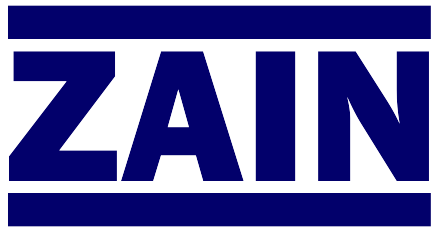Heat Transfer to Jackets With Close Clearance Impellers in Viscous Materials
Authors:
C. K. Coyle
H. E. Hirschland
B. J. Michel
J. Y. Oldshue
This research investigates heat transfer coefficients in jacketed mixing vessels using close-clearance impellers in the highly viscous mixing range of 5,000 to 500,000 centipoise. The key finding is that heat transfer is primarily governed by conduction through a stagnant film whose thickness is related to the impeller-to-wall clearance, showing little dependency on impeller speed or fluid viscosity, which contrasts with lower viscosity convection models. Helical impellers performed better than anchor impellers, and the use of scraper blades significantly increased the heat transfer coefficient but also doubled power consumption.
Key Learnings
- Heat Transfer Mechanism: In the "viscous mixing" range (5,000 to 500,000 cP), heat transfer to jacketed vessels with close-clearance impellers is primarily by conduction through a relatively stagnant film near the tank wall.
- Insensitivity to Operating Variables: The heat transfer coefficient is related to the clearance between the impeller and the tank wall and is not significantly influenced by the impeller speed (RPM) or the bulk fluid viscosity at practical power levels.
- Convection Correlations are Unsuitable: Traditional convection-type correlations (like those based on Nusselt and Reynolds numbers) are not useful for describing the effect of operating variables in this high-viscosity range.
- Effect of Scraper Blades: Attaching a scraper blade (wiping once per revolution) approximately doubles the heat transfer coefficient but also increases the power consumption by a factor of two.
- Impeller Type Performance: Helical impellers showed superior performance, yielding a heat transfer coefficient about 25% higher than anchor impellers at comparable speed and power levels, likely due to better temperature uniformity and blending in the central core of the tank.
- Scaling Up: Scaling up the mixing tank at a constant impeller-to-tank wall clearance is expected to increase the heat transfer coefficient slightly due to higher tip speeds resulting in a possibly thinner stagnant film.
- Heating vs. Cooling: The heat transfer coefficient is slightly higher during cooling runs than during heating runs, which is consistent with the conduction mechanism, as the thermal conductivity of the organic fluids used increases as temperature decreases.
If you can’t see the PDF, click "Open in new tab".

